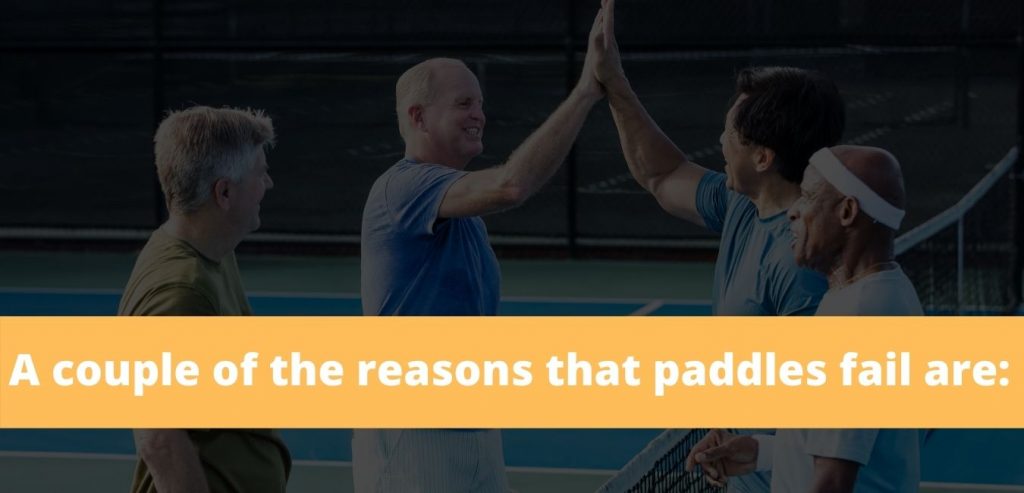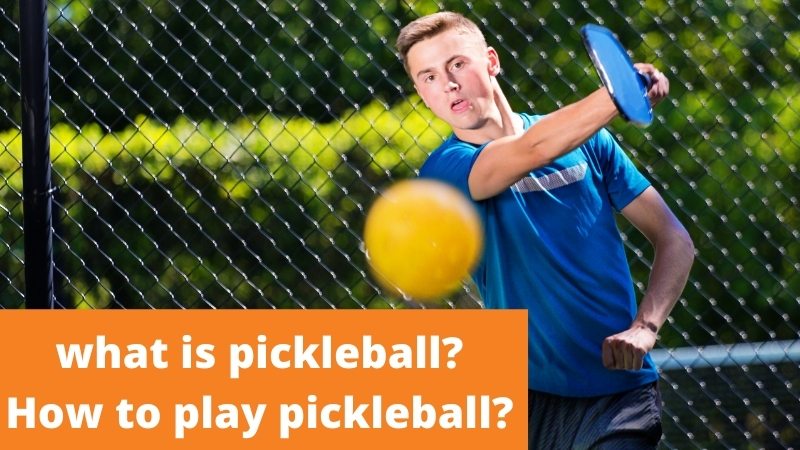The Deflection Test is all about making sure that the paddle does not produce a “Trampoline Effect” when the paddle strikes the ball.
When testing, the paddle is placed onto a H-style plate so that the handle and the edge guard do not touch the table. That way the paddle won’t rock when pressure is applied to different points on the face.
The testing is done by using a $20,000 Instron machine. A plunger comes down and pre-loads the face of the paddle on the area to be tested (we test multiple areas of the face).
The Instron machine then very slowly adds additional pressure and the machine measures very precisely the change in depth of the plunger from the original pre-load pressure (5 lbs.) to the new required testing pressure.
If the change in depth is too great and does not fall within the set tolerance range then the paddle will fail deflection.
A couple of the reasons that paddles fail are:

The cell size of the polypropylene is too large or the face is so thin that when the ball makes contact with the paddle the paddle face collapses into the cell spaces of the polypropylene.
The polypropylene itself is too soft allowing the face to bend in and then spring back out to add a trampoline effect.
Lead tape was mentioned earlier in this string. Lead tape means absolutely nothing where it concerns deflection. What lead tape is used for is to increase the sweet-spot of the paddle.
By adding weight to the perimeter of a paddle it prevents the paddle from wanting to twist in your hand on off-center hits, thus enlarging the size of the sweet spot of your paddle.
By adding lead tape to the edge guard more of the overall weight of the paddle has been moved away from the center of the paddle. It now takes more of an off-center ball strike for the paddle to want to twist in your hand.
This is because the paddle becomes much more stable due to the weight being distributed to the area farthest away from the center of the paddle face.
That twisting motion of the paddle on off-center hits steals a large amount of energy away from the direction you intended the ball to travel so the ball leaves the paddle at a much lower velocity.
Take a look at the golf industry. When they began manufacturing cavity back perimeter weighted golf clubs the entire game of golf changed. Especially for the recreational players.
Off-center hits would now tend to go almost as far as dead-center hits because the ball strike didn’t lose energy due to the club twisting in your hand thus removing directional energy. The same holds true for a pickleball paddle.
Big thanks to Donn Paben for share this information with us.


